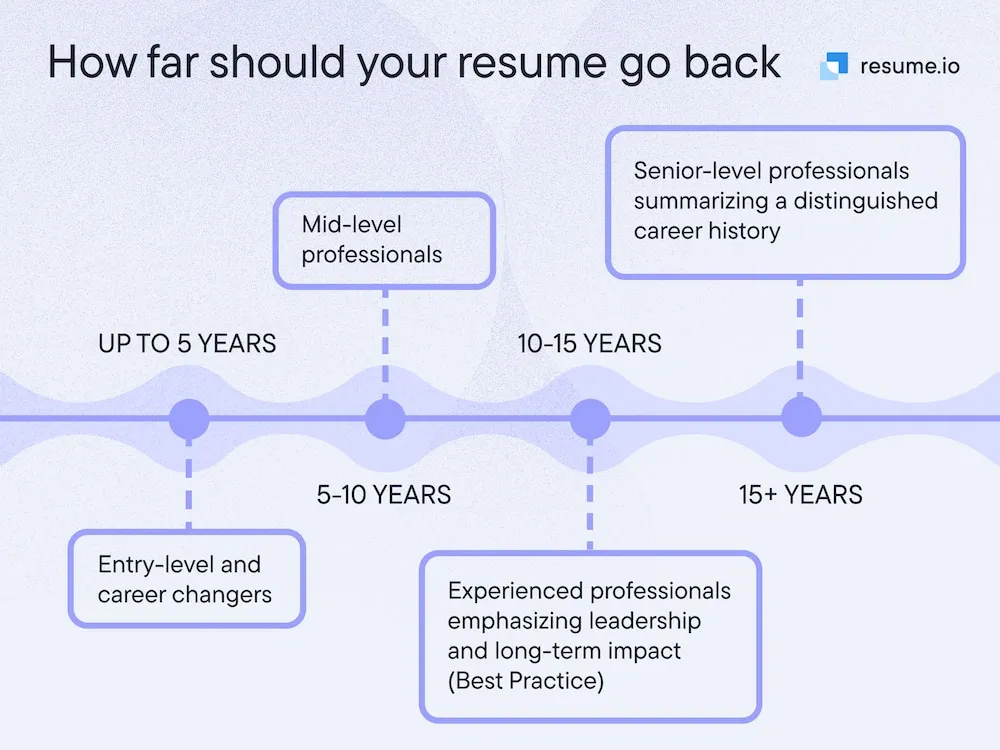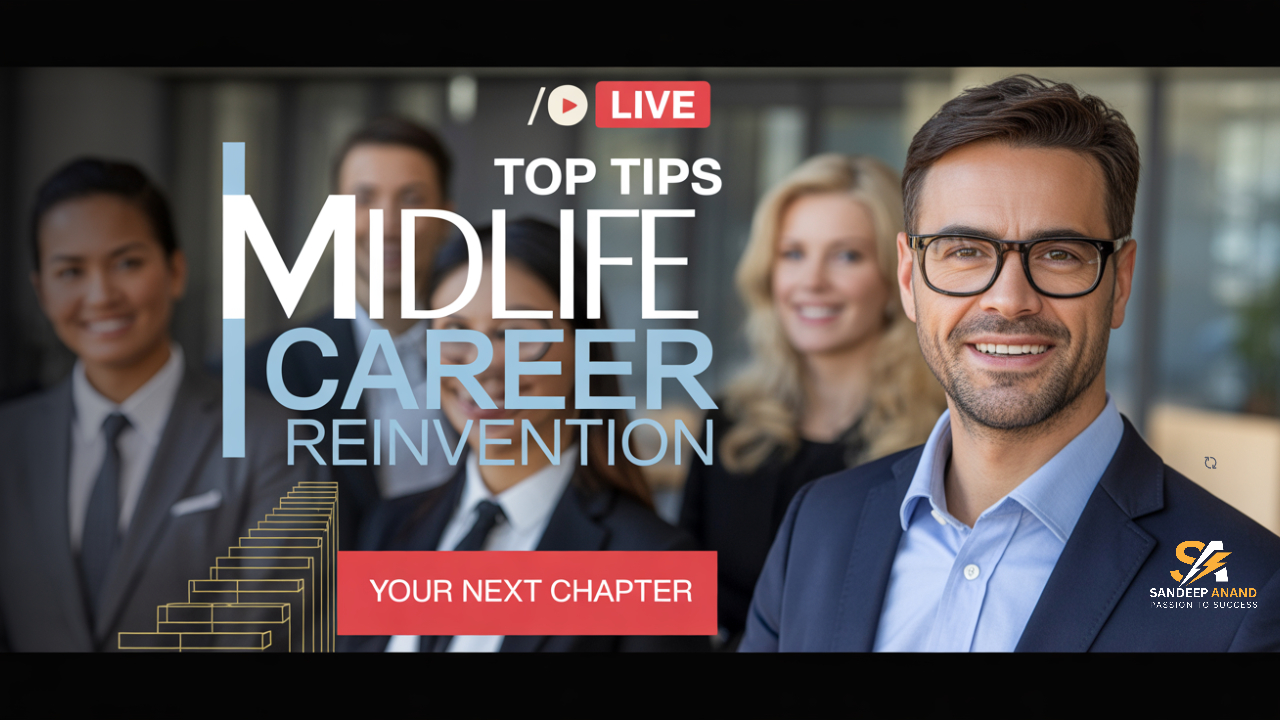A surprising 84 percent of people think there’s a stigma when they explain gaps in their employment history. The situation looks even worse because 67 percent believe this stigma actively damages their chances of landing a job.
The good news? Employment gaps are nowhere near as rare as you might imagine. Most professionals who’ve worked for over 10 years have taken at least one break from their careers. Your gap might come from health problems, additional education, travel, or learning new opportunities. The real solution isn’t to hide these gaps but to explain them in a way that works.

The recent pandemic brought widespread layoffs and furloughs. Here’s something encouraging – 96 percent of employers would hire someone laid off during the pandemic. This shows that gaps in employment aren’t the real issue. What matters is how you tell your story.
This piece will show you how to turn a perceived resume weakness into a genuine strength. You’ll discover practical ways to discuss your gaps honestly while showcasing your valuable experiences and new skills. Let’s make your employment gap one of your strongest talking points!
Understanding Employment Gaps

Image Source: Resume.io
Career breaks have become a normal part of today’s evolving workplace. Let’s understand what these gaps mean and why they happen before we learn to explain them well.
What is an employment gap?
An employment gap shows up in your professional timeline when you weren’t hired anywhere. These breaks can last anywhere from a few months to several years. A break that lasts more than three to six months needs to be addressed in your job search materials. You might choose these gaps yourself or circumstances might force them upon you.
Common reasons for gaps in employment
People step away from their careers for many valid reasons:
-
Health-related reasons: Personal medical issues or mental health breaks (cited by 10% of workers with gaps)
-
Family responsibilities: Caregiving for relatives (12%) or full-time parenting
-
Professional transitions: Getting laid off due to restructuring (21%), career changes (13%), or relocations
-
Personal development: Further education, certifications, or traveling (13% in Southeast Asia)
-
Involuntary separations: Getting fired without another job lined up (12%)
The numbers show that people don’t take career breaks because they lack skills or drive—life circumstances or thoughtful career decisions usually drive these gaps.
Why gaps are more common than you think
Career breaks now define the journey of nearly half of all workers. A 2022 LinkedIn survey of 23,000 professionals revealed that about 62% had taken a career break, and 35% wanted to take one in the future.
A 2023 report highlighted that one in five job seekers had a career gap of one year or longer, up from 14% in 2020. The COVID-19 pandemic made these career disruptions more acceptable.
Yet 30% of hiring managers still see employment gaps as a major warning sign. This mindset persists even though 79% would hire candidates with resume gaps—as long as they explain these gaps properly.
How to Prepare Before the Interview
You need to prepare really well before your interview to explain gaps in employment effectively. Good preparation can change how hiring managers notice your career break.
Reflect on your time away from work
Start with an honest inventory of your employment gap. Think over what led to the break and your accomplishments during this period. Ask yourself: What did I learn? How did I grow? What challenges did I overcome? This self-assessment helps you understand your story before sharing it with others.
Many job seekers view gaps negatively at first, yet research shows these periods often build valuable skills. Your time away should be seen as a period of growth and development rather than a liability. Note that brief explanations work best—focus on what you gained instead of dwelling on reasons for the gap.
Identify transferable skills gained during the gap
Most people develop valuable transferable skills even without formal employment. These abilities remain relevant in jobs of all types and industries:
-
Communication & collaboration skills from managing family logistics or community initiatives
-
Problem-solving & adaptability from navigating new environments and unexpected challenges
-
Project & time management from juggling responsibilities or organizing events
-
Leadership abilities from volunteering or mentoring others
Caregiving builds exceptional multitasking, problem-solving, and negotiation skills that companies value highly.
Practice your explanation with confidence
Confidence spreads and affects interview performance substantially. Create a concise, 20-30 second explanation that flows naturally. Structure your response using this simple template: “I [reason for gap]. During that time, I [what you did/learned]. Returning to work remained important to me, and I’m ready to contribute now.”
Practice maintaining eye contact, speaking clearly, and using positive body language. Visualize success and use positive self-talk to reduce anxiety. Employment gaps have become common, affecting about 62% of professionals at some point in their careers. Thoughtful preparation will help you present your employment gap as a strength rather than a weakness.
How to Explain Employment Gaps in Interviews

Image Source: The Balance Money
Your interview time has arrived, and you need to address your employment gap head-on. Job seekers who talked about their work gaps got 60% more interviews compared to those who stayed quiet about it. Here’s the best way to handle this key conversation:
Be honest but concise
Interviewers value transparency. Hiring managers look at hundreds of resumes and spot inconsistencies fast. A brief explanation works best – keep it to 20-30 seconds. Try this simple format: “I [reason you weren’t working]. During that time, [what you did during the gap]. Getting back to work stayed a priority for me, and I’m excited to contribute now”.
Tailor your explanation to the job role
Link what you did during your gap to the job you want. Show relevant experience you gained through volunteer work, extra training, or personal projects that built useful skills. This shows you stayed active and turned your gap into a career advantage.
Use a simple structure to answer gap questions
Start with a quick reason for the gap. Then describe what you did during that time. End by showing enthusiasm about working again. This three-part approach keeps your answer clear without going off track – a mistake many people make with tough topics.
Avoid oversharing or apologizing
Candidates often hurt their chances by getting defensive or saying sorry too much about employment gaps. It’s worth mentioning that explaining differs from justifying – you don’t need to prove anything. If you get too personal follow-up questions, redirect nicely: “I’d rather not go into more detail about that. Let me tell you about the skills I picked up during this time”.
Redirect the conversation to your strengths
Once you’ve covered the gap well enough, switch back to your qualifications. Ask something or share an achievement that connects to what the job needs. This shows confidence and keeps focus on what really matters – knowing how to excel in the role.
Turning the Gap into a Career Asset
Career breaks are more than just gaps in your resume. These periods give you a chance to build unique skills that can boost your professional profile by a lot. Smart job seekers know how to explain these gaps by showing the growth they achieved during these times.
Highlight personal growth or new skills
Career breaks encourage remarkable personal development. You gain resilience, adaptability, and stronger emotional intelligence. These qualities add real value to your professional image. Time away from traditional work helps you develop skills that employers need badly. Your family responsibilities might have sharpened your multitasking abilities. Life’s unexpected challenges could have made you better at solving problems.
Leadership skills often bloom during these breaks. You might have hosted school events, handled household budgets, or managed important personal activities. Each experience shows your project management skills. The key is to share specific examples that highlight your strengths in time management, adaptability, and building relationships.
Mention certifications, courses, or volunteer work
Smart upskilling during career gaps shows your drive and commitment to grow professionally. Online certifications, education courses, and workshops help you stay current with your industry while filling knowledge gaps. List these achievements clearly on your resume – they’re part of your professional development journey.
Volunteer work gives your job prospects a big boost. Studies show that volunteers have a 27% higher chance of landing a job after unemployment. It also helps that 60% of hiring managers see volunteer experience as valuable when making hiring decisions.
Show how the break made you a better professional
The most important thing is to show how your career break helped you become a more complete professional. Present your time away as a planned transition that focused on growing both personally and professionally. To cite an instance, see how caregiving taught you patience, better time management, and ways to handle conflicts – skills that help tackle workplace challenges.
Note that 62% of all workers have stepped away from their careers at some point. When you confidently show your gap as a growth period, you’ll stand out with your fresh viewpoint and renewed energy.
Conclusion
Career breaks don’t have to hold you back anymore. Most professionals take time off at some point in their careers. These breaks have become more common in today’s ever-changing work environment. While some stigma exists around these gaps, you can turn these seeming weaknesses into strengths with the right approach and presentation.
Being honest while framing your story strategically makes all the difference when you talk about your time away from work. Your career break likely helped you develop valuable skills that other candidates might not have. These experiences, whether from caregiving, self-improvement, or unexpected life events, have without doubt made you a more versatile professional.
Your confidence level matters when you explain your work history. Practice your story until it flows naturally, then guide the conversation toward your strengths and excitement about the role. Companies care about what you can offer their organization now, not that you took a temporary break from work.
Questions about resume gaps are opportunities to shine, not roadblocks to overcome. Your unique path, with its twists and turns, has given you insights and resilience that continuously employed candidates might not possess. The strategies in this piece will help you walk into interviews ready to show how your complete professional story—gaps included—makes you perfect for the job.
Key Takeaways
Employment gaps affect 62% of professionals and are increasingly common, yet proper explanation can transform them from perceived weaknesses into compelling career assets.
• Be honest but concise: Use a 20-30 second explanation following the structure: reason for gap, what you accomplished, and readiness to return to work.
• Highlight transferable skills gained: Career breaks often develop valuable abilities like problem-solving, adaptability, time management, and leadership through caregiving, volunteering, or personal projects.
• Focus on growth, not justification: Frame your gap as purposeful development rather than apologizing—show how the experience made you a more well-rounded professional.
• Redirect to your strengths: After briefly addressing the gap, pivot the conversation back to your qualifications and enthusiasm for the specific role.
• Leverage upskilling activities: Mention certifications, courses, or volunteer work completed during your break—volunteering alone increases job prospects by 27%.
Remember, 79% of hiring managers will hire candidates with resume gaps when properly explained. Your unique journey, including career pauses, provides perspective and resilience that continuously employed candidates may lack.





